Mugwort: How It Works, How It Is Used, And Side Effects
From reducing cancer risk to easing menstrual pain, this plant can transform your health.
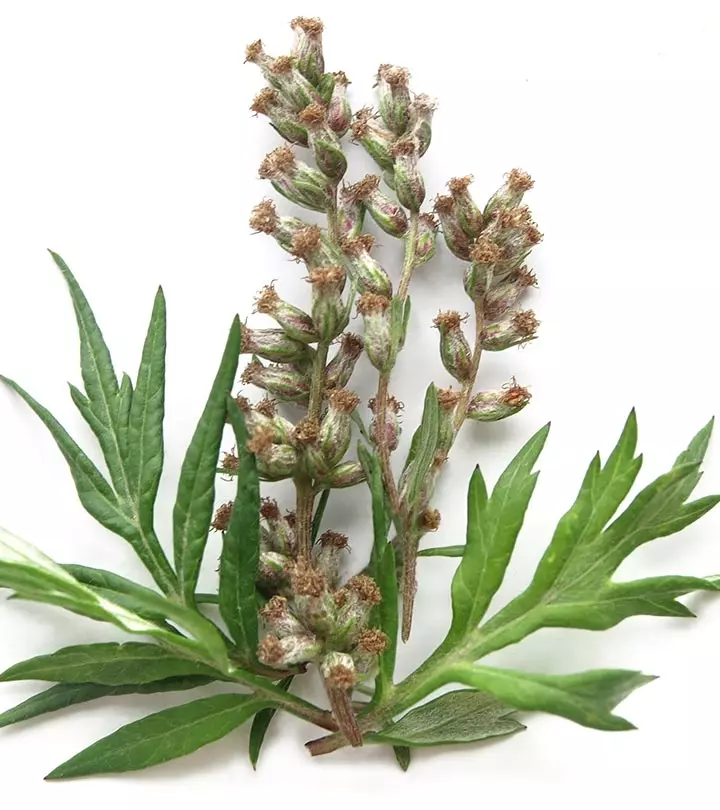
Image: Shutterstock
Mugwort grows in Northern Europe, North America, and parts of Asia. It is a root-based aromatic perennial plant. It is known to ease joint pains, relieve menstrual pain, and even cut down cancer risk. Although more qualitative research is warranted, we have listed a few benefits of mugwort. Read on.
 Know Your Ingredient: Mugwort
Know Your Ingredient: MugwortWhat Is It?
A flowering plant belonging to the Daisy family. It has a yellowish-green tinge and does not have petals.
What Are Its Benefits?
It alleviates menstrual and joint pain and prevents cancer.
Who Can Consume It?
Anyone except pregnant or nursing women.
How Often?
It can be consumed daily in moderation.
Caution
Might cause skin rashes, and in severe cases induce false contractions and miscarriages.
In This Article
How Does Mugwort Work?
Mugwort is botanically called Artemisia vulgaris. It is also known as common wormwood, cronewort, felon herb, wild wormwood, sagebrush, or moxa. Ancient folklore tells us that this spiritual herb was sacred to John the Baptist for he would wear a girdle made of mugwort while traversing the wilderness of Germany and Holland. This herb also has extensive mythology surrounding it from Europe to Asia and appears frequently in uses of witchcraft, dreamwork and divination, where its juice was used for the ritual cleansing of “seeing” objects (implements along the lines of crystals balls and such). Mugwort was also sacred to the Anglo Saxons who referred to it as the “mother of herbs.”
The plant has been historically used to inhibit menstrual pain (1).
The leaves of the plant have a silvery fuzz on their underside, and they taste slightly bitter.
Mugwort’s high antioxidant levels contribute to its benefits. Certain components of the plant may also aid cancer treatment.
The most popular use of mugwort is in the process of moxibustion. Here, the mugwort leaves are gathered into sticks (like a cigar) and burnt over an acupuncture point to release energy. This is done to help with pain treatment and protection.
There are more ways in which mugwort can benefit you. We shall look at them now.
Key Takeaways
- The process of moxibustion involves the use of mugwort to reduce painful menstrual cramps and improve menstrual health.
- Mugwort moxibustion may also treat joint pain and reverse breech birth position.
- Dried leaves, extracts, tinctures, tea, and pills are some common forms in which you can use mugwort.
- Pregnant and breastfeeding women and those allergic to the Asteraceae family should avoid the consumption of mugwort.
How Can Mugwort Help You?

The most important use of mugwort is in treating menstrual pain. This can be attributed to a technique (called moxibustion), which involves the introduction of heat over certain acupuncture points. This technique is also helpful in treating joint pains and reversing breech birth position.
1. Treats Menstrual Pain

Mugwort has been used to treat menstrual cramps. It was also used to stimulate the menstrual cycle.
Studies show that moxibustion can help treat primary dysmenorrhea (the condition involving painful menstrual cramps). The process improves blood circulation in the uterus and its surrounding veins (2). It also resolves blood stagnation, leading to an improved health state.
In traditional Chinese medicine, moxibustion has been employed to treat various gynecological issues and menopause symptoms like hot flashes (3).
2. Helps Alleviate Joint Pain

Mugwort, when used in the moxibustion technique, can treat joint pains as well (4). Borneol, one of mugwort’s active components, could be responsible for its pain-relieving effects in arthritis (5).
Moxibustion was also found to be superior to the usual care when it came to treating arthritis (6).
 Trivia
Trivia3. Reverses Breech Birth Position
Moxibustion with mugwort has its use here too. Just a few weeks before delivery, the head of the baby will naturally align towards the birth canal to prepare for the process of labor and childbirth. When this doesn’t happen (which is a rare case), it is called a breech birth.
Moxibustion stimulates a specific trigger point near the toenail of the fifth toe. This creates blood circulation and pressure that eventually result in fetal movements.
In a study published in the Journal of American Medical Association, moxibustion had successfully reversed the breech birth position in 75% of the cases (7).
Moxibustion with mugwort is also effective in correcting nonvertex presentation (also called the breech presentation) as much, if not more, as oxytocin (a hormone released by the pituitary gland for increasing uterine contraction) (8).
4. May Help Prevent Cancer

Artemisinins, the fundamental components of the mugwort plant, were found to be toxic to cancer cells (9).
Extracts of California mugwort were found to act against breast cancer cells (10). But this mugwort variant might attack the normal human cells too – so we recommend you exercise caution before using this to supplement cancer treatment. Also, you must consult with your doctor before opting for this supplement.
Mugwort may also help improve heart health, blood pressure, cholesterol levels (11), diabetes, kidney health (12), and metabolism. However, most of the research is in its preliminary stages. We need more information from clinical trials to arrive at a concrete conclusion.
4. May Help Improve Sleep
Mugwort has long been used in traditional medicine for various purposes, including enhanced sleep and treatment of sleep-related issues. Studies have shown that mugwort has sedative properties (13). It may help ease locomotor activity, calm the nervous system, and also reduce the time it takes to fall asleep and lengthen the duration of sleep. Its anti-inflammatory and pain-relieving properties help allow the body to slip into a state of calmness and let go of stress. However, mugwort’s efficacy is mostly backed by anecdotal claims and not scientific research. Therefore, it is recommended to consult a healthcare professional before using mugwort for sleep and other medicinal purposes.
These are the few important ways mugwort can work wonders for you. But then, how do you use it?
How Is Mugwort Used?

Mugwort has a long history of culinary use in various cultures. Its slightly bitter and aromatic flavor adds depth and complexity to dishes.
In many Asian cuisines, mugwort leaves are used to make teas, soups, and steamed buns. The young shoots can be enjoyed raw in salads or cooked as a leafy green vegetable. In some regions, mugwort is even used to add a unique flavor to beer and other alcoholic beverages. The possibilities are endless!
Moreover, Mugwort is used in various forms. These include:
- Dried leaves
- Tinctures
- Extracts
- Pills
- Teas
The most popular use of mugwort is as a tea. Preparing the tea is quite simple:
- You need one ounce of dried mugwort leaves and four cups of boiling water.
- Place the dried leaves in the cups of boiling water.
- Allow the leaves to boil for about 10 minutes. Strain.
- You can then have your tea. Store the unused tea in the refrigerator for 2 to 3 days.
 Quick Tip
Quick TipYou can drink the tea up to three times a day. But before that, you may want to know about the possible ill effects of mugwort.
What Are The Side Effects Of Mugwort?
- Possible Issues During Pregnancy And Breastfeeding
Mugwort can cause the uterus to contract and trigger menstruation. This may cause miscarriage in pregnant women (14).
There is not much information available about the effects of intake of mugwort on lactation. Hence, pregnant and breastfeeding women should avoid it.
- Allergies
Individuals allergic to plants from the Asteraceae/Compositae plant family (including ragweed, marigolds, daisies, and chrysanthemums) may also experience allergies with mugwort. These include asthma symptoms like sneezing (15), headache and other sinus-related symptoms, dermatitis, and rashes.
 Trivia
TriviaInfographic: Mugwort: Benefits & Side Effects
Mugwort is an herb steeped in history and folklore and is believed to possess various therapeutic properties. However, it is important to understand both the positive aspects and potential risks associated with its use so that you can make an informed decision. Check out the following infographic for more details.

Illustration: StyleCraze Design Team
Since ancient times, traditional medicines have used mugwort root and leaf to treat pain. Mugwort benefits can be attributed to its antioxidants and artemisinins that are beneficial to the body. It also may help with menstrual cramps and joint pain relief through moxibustion. People also use mugwort for anxiety, depression, insomnia, and stress. Additionally, it is also used for weight loss and digestive disorders like gas, constipation, diarrhea, bloating, nausea, and vomiting. However, there is no scientific evidence to support these uses. To reap its medicinal benefits, you can take mugwort as a tincture, pill, extract, tonic, or tea. Nevertheless, it may cause allergic reactions in some. Since the safety standards have not been determined, pregnant and breastfeeding women should consult a doctor before consuming mugwort.
Frequently Asked Questions
Can you smoke mugwort?
Yes, you may want to smoke the plant before going to bed, though. That way, you may also experience its effects on your dreams (more research needed). You can smoke it the same way you smoke tobacco. But we recommend you check with your doctor before you do so.
Is mugwort poisonous?
Mugwort oil might be poisonous. It contains thujone, a toxic compound that can be fatal in large amounts under prolonged intake.
Is mugwort the same as St John’s wort?
No, even though they may grow in the same area, mugwort and St. John’s wort are very different.
Is mugwort good for your liver health?
Yes, mugwort is suitable for various liver diseases, ranging from fatty liver disease to liver cancer (16). It may also act as a diuretic and help with liver purification and cleansing. However, there is no good study that supports this claim. Moreover, studies are inconclusive about whether the herb helps with quality of life following chemotherapy and radiation therepy in cancer patients (17).
What does mugwort taste like to smoke?
Mugwort has a lovely, moderately sweet flavor and is a gentle smoke.
Can mugwort treat skin conditions like eczema and psoriasis?
Yes, mugwort may help with skin conditions like eczema and psoriasis (18). It can also promote wound healing and help with acne and inflammation. However, more studies are needed to support these claims.
Is mugwort good for your Immune system?
Yes, mugwort can boost the immune system and improve immunity (19). However, more human studies are needed to support this claim.
Illustration: Mugwort: How It Works How It Is Used And Side Effects

Image: Stable Diffusion/StyleCraze Design Team
Discover the amazing health benefits of mugwort, from aiding digestion to relieving stress. Watch this video to learn how this herb can help you feel your best and boost your overall health. Check it out now!
References
Articles on StyleCraze are backed by verified information from peer-reviewed and academic research papers, reputed organizations, research institutions, and medical associations to ensure accuracy and relevance. Read our editorial policy to learn more.
- “Take back your…” Plant Profiles in Chemical Ecology.
- “Use of moxibustion to treat primary…” Trials, US National Library of Medicine.
- “Moxibustion for treating menopausal…” Menopause, US National Library of Medicine.
- “Effects of moxibustion on…” Medicine (Baltimore), US National Library of Medicine.
- “A clinical and mechanistic study of topical…” EMBO Molecular Medicine
- “Moxibustion is an alternative in treating…” Medicine, US National Library of Medicine.
- “Moxibustion for correction of breech…” The Journal of American Medical Association.
- “Moxibustion for the correction of nonvertex…” Evidence-Based Complementary and Alternative Medicine, US National Library of Medicine.
- “Effects of artemisinin-tagged…” Life Sciences, US National Library of Medicine.
- “Ethanolic extracts of California mugwort…” Journal of Herbal Medicine, US National Library of Medicine.
- “Biochemical effects, hypolipidemic an…” J Clin Biochem Nutr., US National Library of Medicine.
- “Protective Effect of Phenolic Compounds..” molecules, US National Library of Medicine.
- “Artemisia capillaris Thunberg Produces Sedative-Hypnotic Effects in Mice…” , The American Journal of Chinese Medicine, US National Library of Medicine.
- “Mugwort” National Institutes of Health
- “Mugwort Pollen-Related Food…” Allergy Asthma Immunol Res., US National Library of Medicine.
- “A Survey of Therapeutic Effects of Artemisia capillaris…” Evidence-based Complementary and Alternative Medicine, US National Library of Medicine.
- “Moxibustion for alleviating side effects of chemotherapy or radiotherapy…” Cochrane Database Syst. Rev.
- “Antioxidant Artemisia princeps Extract Enhances…” Int J Mol Sci., US National Library of Medicine.
- “Artemisia dracunculus L . modulates…”” Nutr Neurosci, Int J Mol Sci., US National Library of Medicine.
Read full bio of Vd. Naveen Sharma
Read full bio of Ravi Teja Tadimalla
Read full bio of Arshiya Syeda
Read full bio of Sindhu Koganti





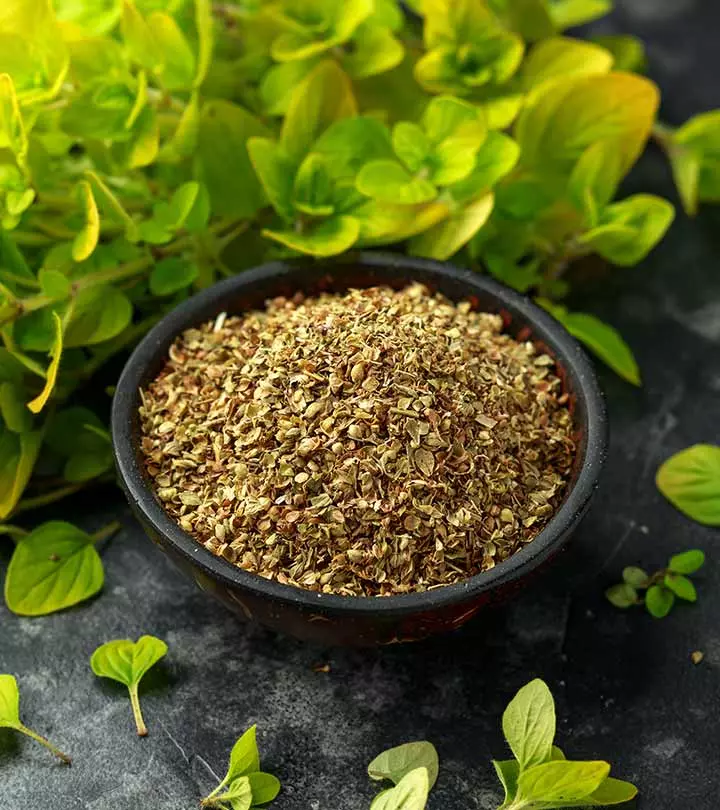

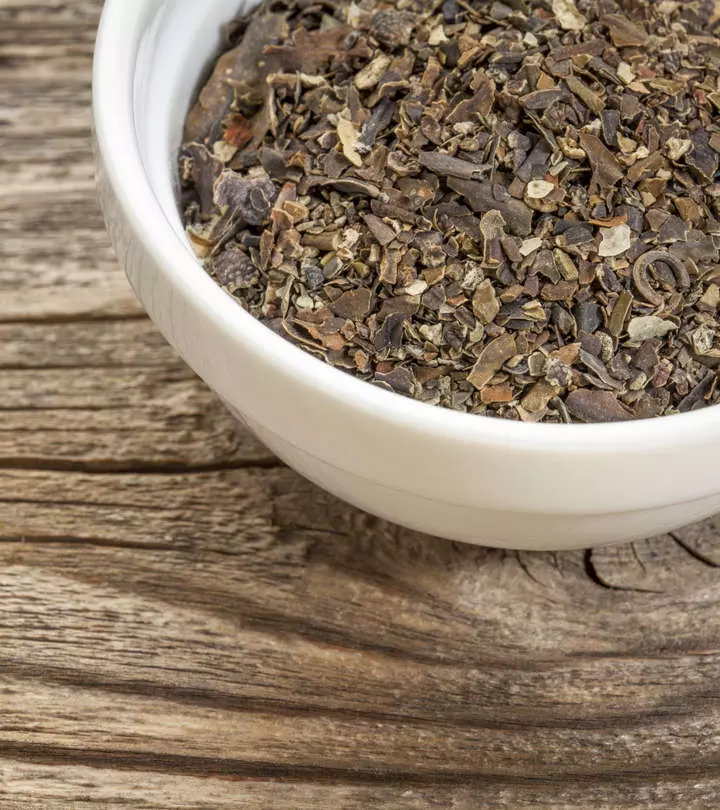
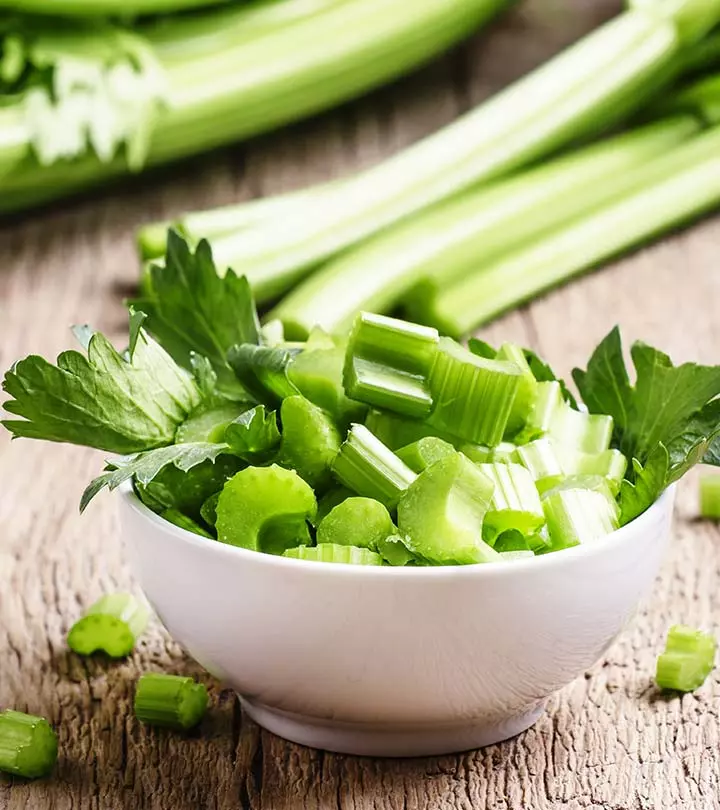

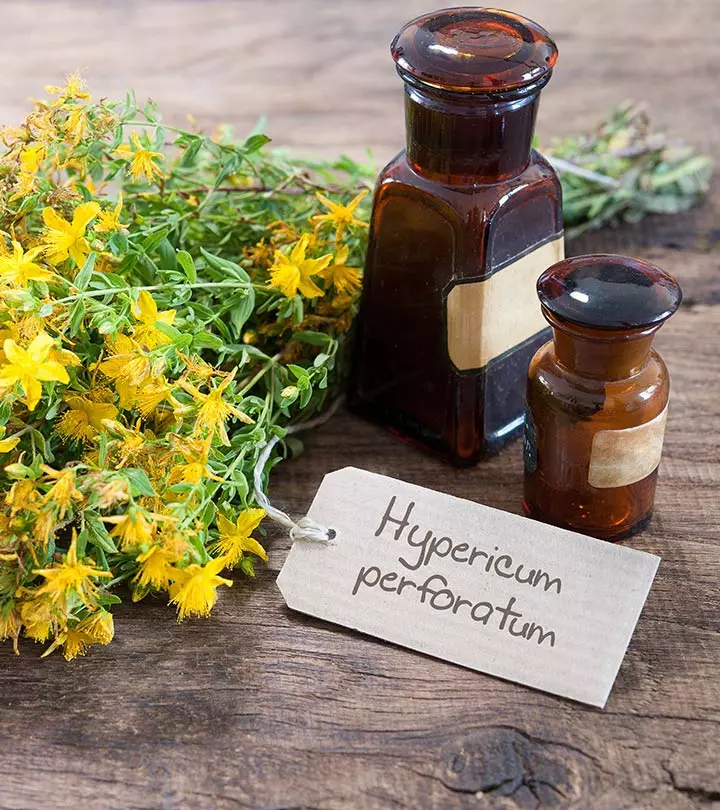

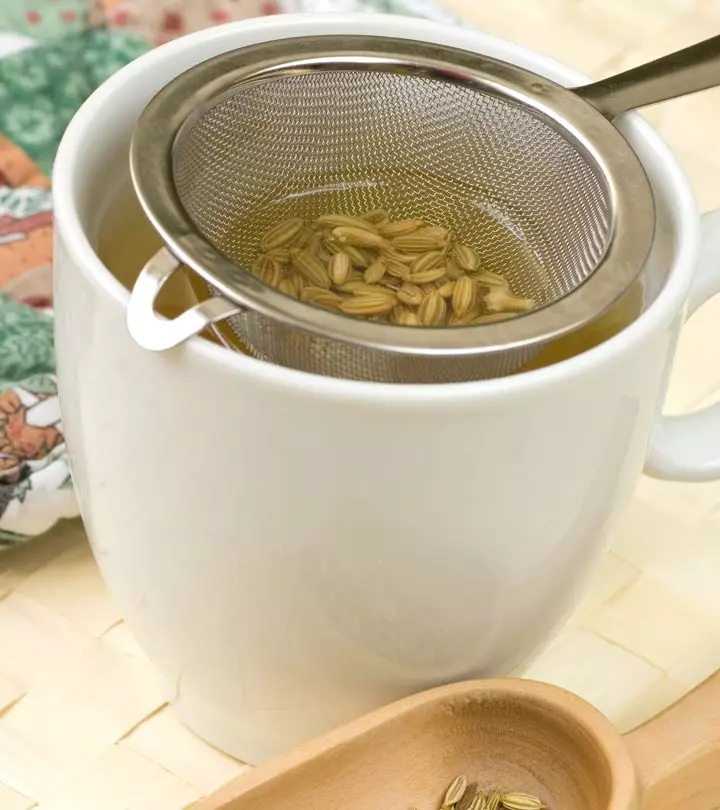










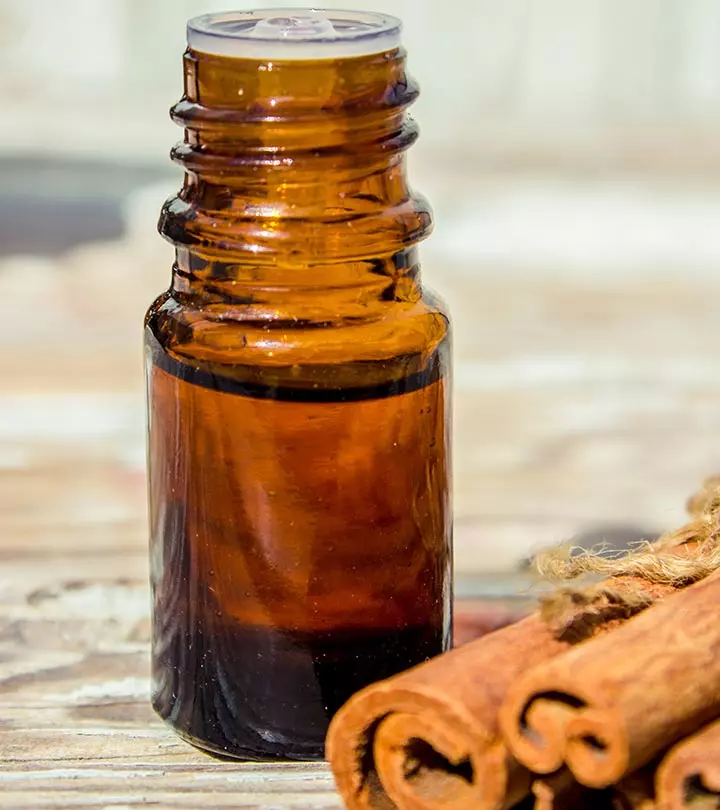
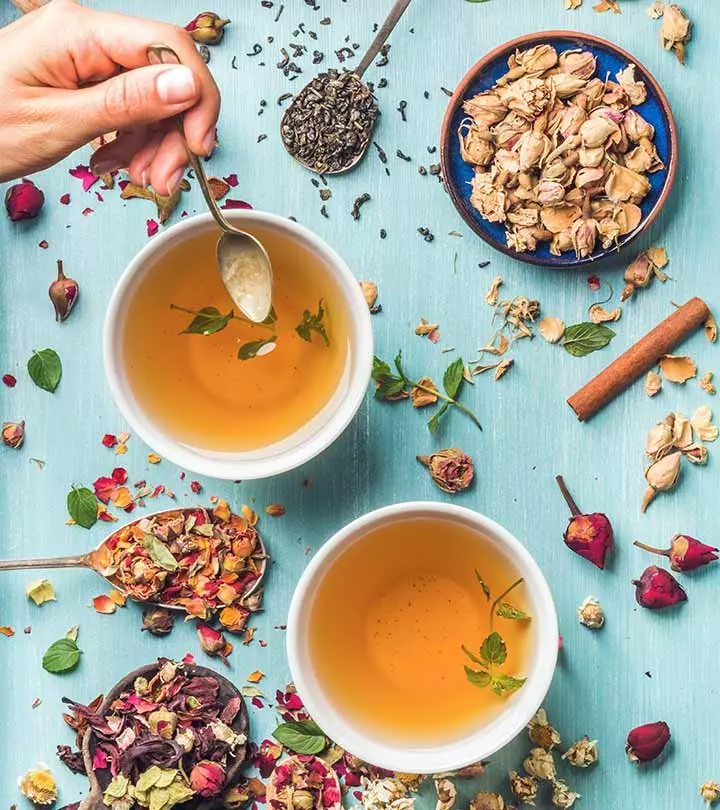

Community Experiences
Join the conversation and become a part of our empowering community! Share your stories, experiences, and insights to connect with other beauty, lifestyle, and health enthusiasts.